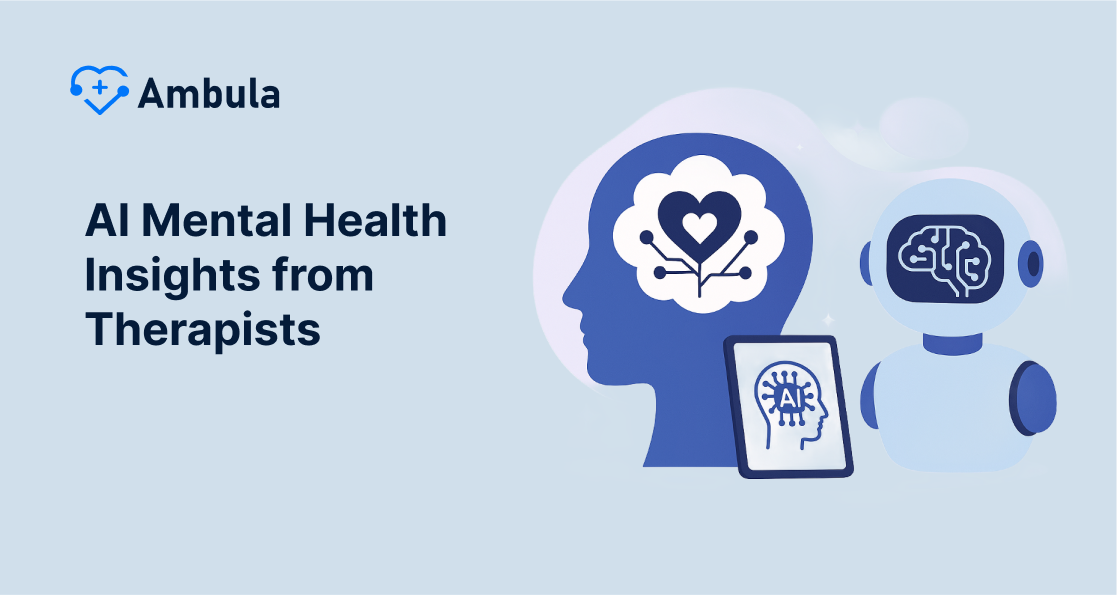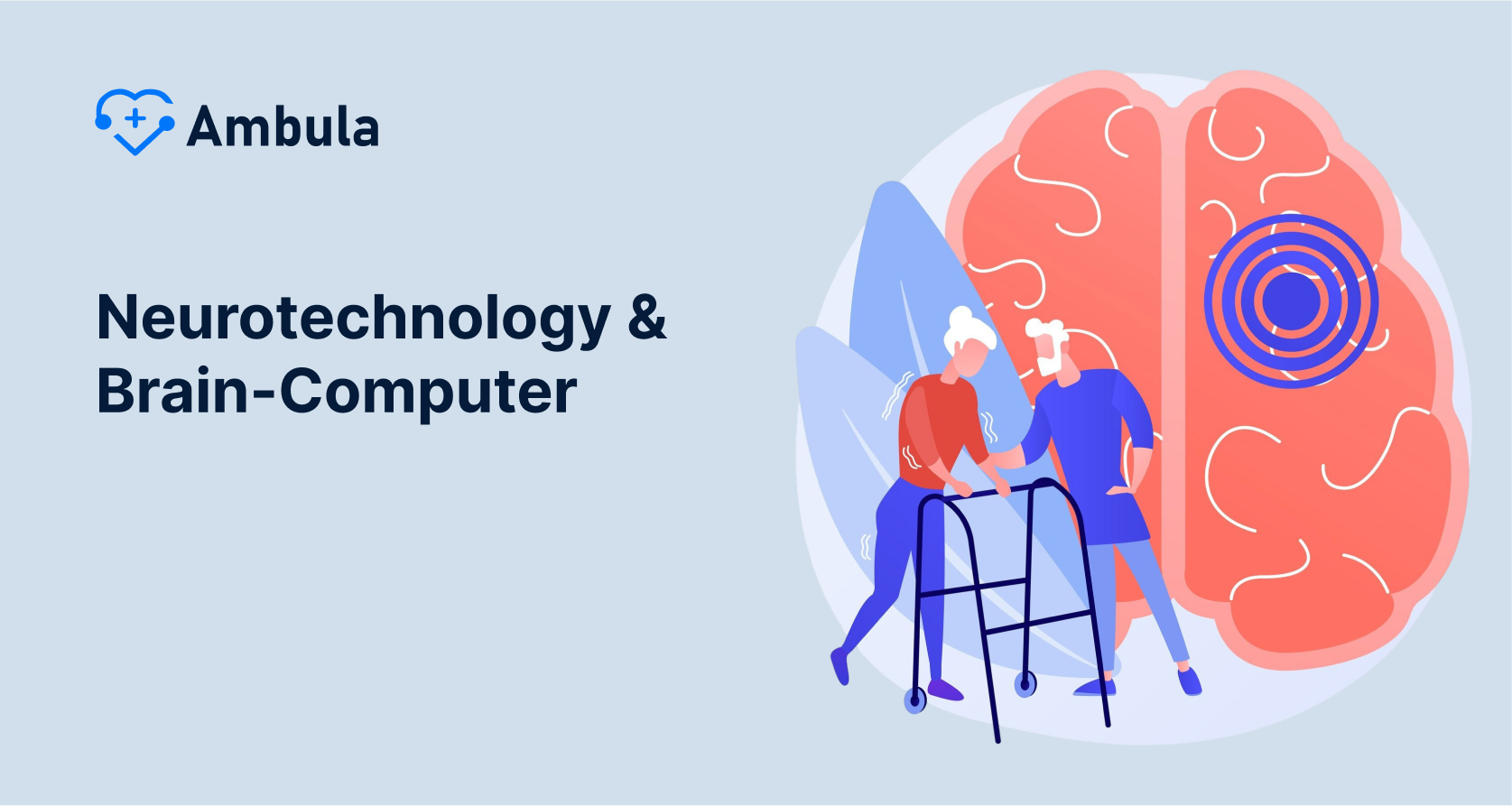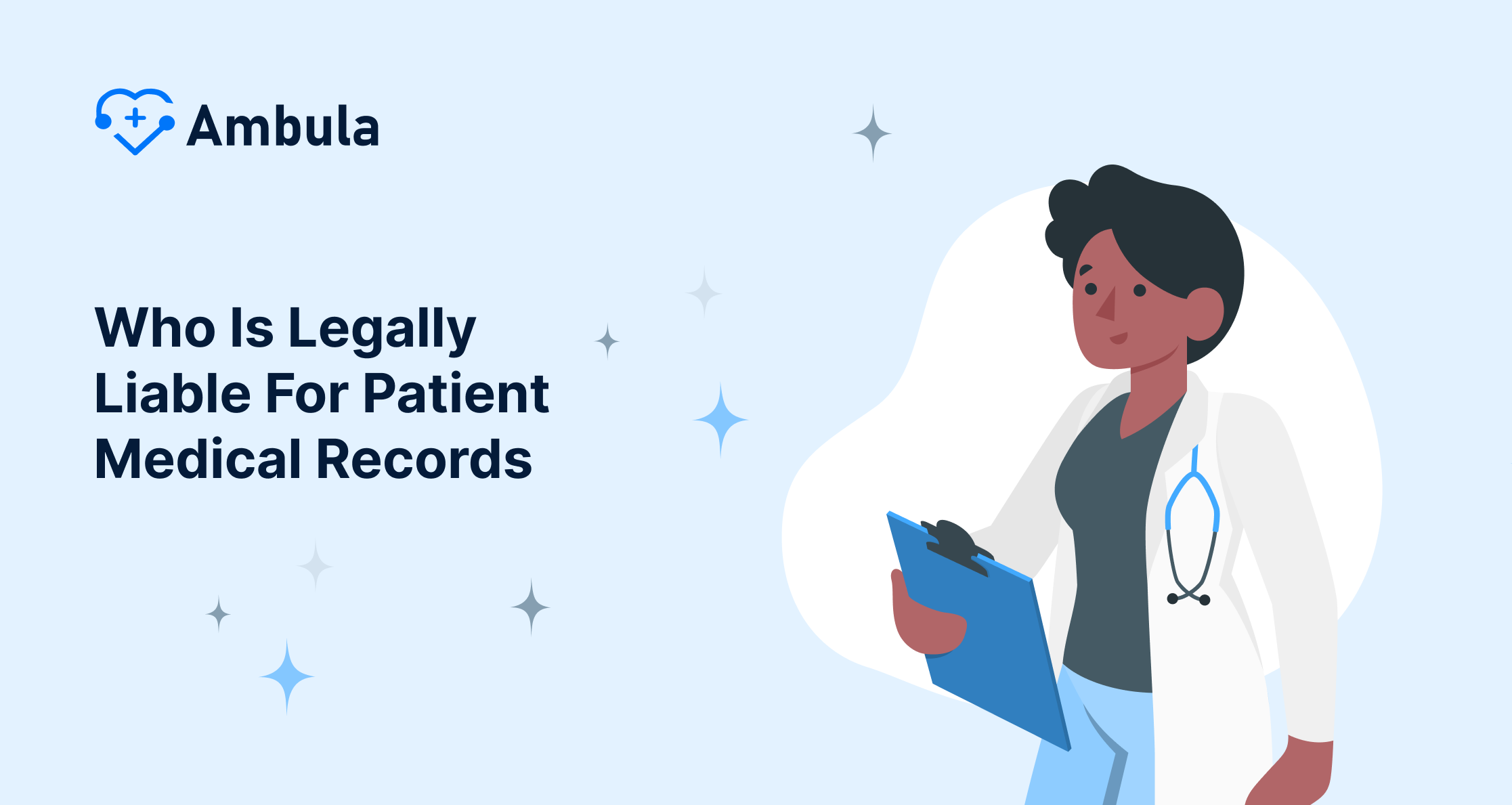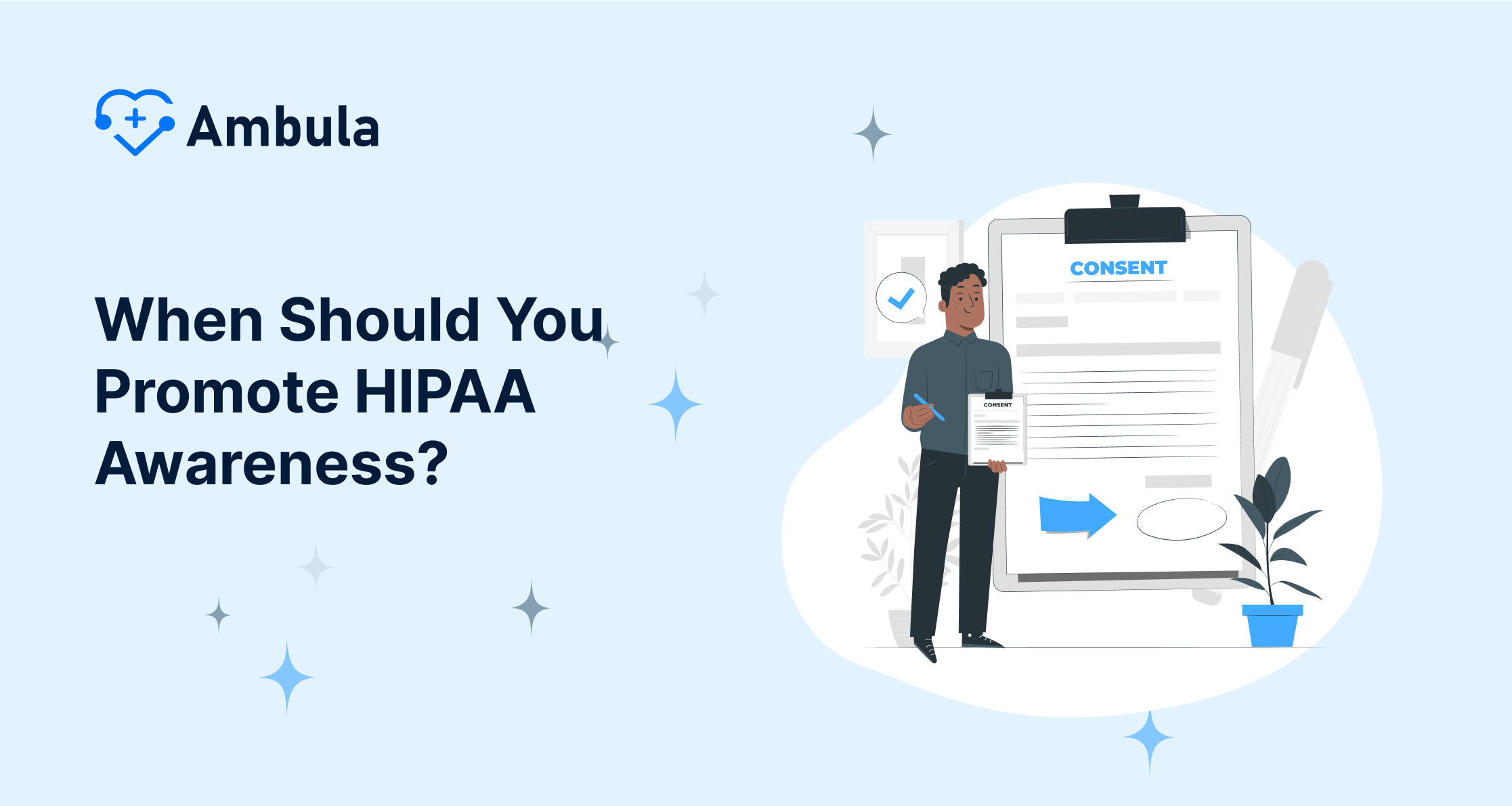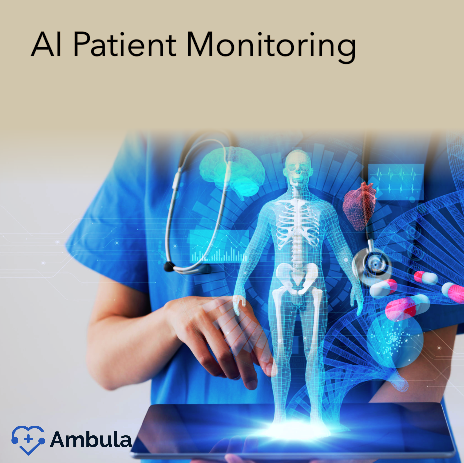
The age of artificial intelligence (AI) has dawned upon us, and it’s evolving rapidly across various sectors, including healthcare. One of the revolutionary applications in this field is AI patient monitoring, combining technology and health in ways like never before. This blog post is designed to show how AI patient monitoring enhances healthcare outcomes by detailing its forms, significance, potential, challenges, and future.
AI’s Proactive Approach
One of the most significant advantages of AI-driven RPM lies in its ability to detect potential health issues before they escalate. Traditional healthcare models often rely on periodic in-person visits, making it challenging to identify subtle changes in a patient’s condition promptly. However, with AI algorithms continuously analyzing data collected from wearable devices, sensors, and patient-reported information, even the slightest deviations from established baselines can be swiftly identified.
AI’s Watchful Eye
AI algorithms excel at pattern recognition, meticulously scanning vast amounts of patient data for anomalies that may indicate potential health risks. By establishing personalized baselines that account for factors such as age, gender, medical history, and current health status, AI can detect irregularities in vital signs, activity levels, or other parameters that might otherwise go unnoticed.
Timely Intervention, Improved Outcomes
When an anomaly is detected, AI-powered RPM systems promptly alert healthcare providers, enabling them to initiate appropriate interventions at the earliest possible stage. This proactive approach not only prevents the progression of health issues but also reduces the likelihood of complications, hospitalizations, and associated costs. Timely intervention facilitated by AI can significantly improve patient outcomes and enhance the overall quality of life for those managing chronic conditions or recovering from acute illnesses.
AI-Powered Diagnostics and Treatment
Integrating AI into RPM systems has significantly enhanced diagnostic capabilities, particularly in resource-limited areas or rural communities where access to specialized healthcare professionals may be limited. AI-powered RPM solutions can accurately analyze medical images, such as X-rays and MRIs, with precision rivaling human experts, expediting diagnosis and facilitating timely treatment planning.
Bridging the Gap in Healthcare Access
In remote or underserved regions, where access to specialized radiologists or other medical professionals may be scarce, AI-driven RPM systems can analyze medical imaging data to assist in diagnosing various conditions, including early-stage cancers. This capability ensures that patients in these areas receive prompt and accurate diagnoses, enabling timely interventions and improving overall health outcomes.
Streamlining Diagnostic Processes
Even in well-resourced healthcare facilities, AI-powered RPM solutions can streamline diagnostic processes by rapidly analyzing medical images and highlighting areas of concern. This not only reduces the time required for diagnosis but also frees up healthcare professionals to focus on more complex tasks, ultimately improving operational efficiency and patient throughput.
Predictive Analytics: Forecasting Disease Progression
One of the most powerful applications of AI in RPM lies in its ability to predict disease progression and potential complications. By analyzing historical patient data, current health metrics, and other relevant factors, AI algorithms can forecast the likelihood of certain health events occurring in the future.
Identifying High-Risk Patients
AI-driven predictive analytics can identify patients at an increased risk of adverse health events, such as exacerbations of chronic conditions like chronic obstructive pulmonary disease (COPD) or heart failure. By continuously monitoring vital signs, activity levels, and other relevant parameters, AI algorithms can detect patterns that may indicate a higher likelihood of complications, enabling healthcare providers to proactively intervene and modify treatment plans accordingly.
Proactive Interventions and Improved Quality of Life
By forecasting potential health issues before they occur, AI-powered RPM solutions empower healthcare providers to implement proactive interventions, such as medication adjustments, lifestyle modifications, or additional monitoring. This proactive approach not only reduces the risk of adverse outcomes but also improves the overall quality of life for patients by minimizing the impact of chronic conditions and preventing severe episodes that may require hospitalization.
Empowering Patient Self-Management
Remote patient monitoring empowers patients, particularly those with chronic conditions or elderly individuals, to take an active role in managing their health. By providing easy access to real-time data through RPM devices, wearables, and mobile applications, patients can actively track their health metrics, follow treatment plans, and make informed decisions about their well-being.
AI-Powered Virtual Assistants and Chatbots
AI-powered virtual assistants and chatbots further enhance patient engagement and self-management capabilities. These intelligent systems can provide personalized health education, answer medical queries, foster better adherence to treatment regimens, and offer tailored tips and recommendations based on individual patient data.
Fostering Patient Engagement and Adherence
By empowering patients with knowledge, support, and real-time feedback, AI-driven RPM solutions foster better patient engagement and adherence to treatment plans. This collaborative approach not only improves clinical outcomes but also promotes a sense of ownership and responsibility among patients, leading to a more proactive approach to managing their health conditions.
Data Security and Privacy Considerations
As the adoption of AI-powered RPM solutions continues to grow, addressing data security and privacy concerns becomes paramount. Robust data security measures must be implemented to safeguard sensitive patient information and ensure compliance with relevant regulations, such as the Health Insurance Portability and Accountability Act (HIPAA) in the United States.
Encryption and Access Controls
Implementing strong encryption protocols and access controls is essential to protect patient data from unauthorized access or breaches. Healthcare organizations must ensure that only authorized personnel can access and interact with patient data while maintaining strict audit trails and monitoring mechanisms to detect and prevent potential security incidents.
Patient Consent and Transparency
It is crucial to obtain informed consent from patients and ensure transparency regarding data collection, storage, and usage practices. Patients should have a clear understanding of how their data is being utilized and be able to control access to their personal information.
Ethical Considerations and Bias Mitigation
As AI algorithms become more prevalent in healthcare decision-making, addressing ethical considerations and mitigating potential biases is of utmost importance. Healthcare organizations must implement robust frameworks and protocols to ensure fairness, accountability, and transparency in AI-driven decision-making processes, safeguarding patient well-being and upholding ethical standards.
The Advantages of AI Patient Monitoring
AI patient monitoring presents numerous advantages. Foremost is increased efficiency. Often, healthcare facilities are stretched thin due to high patient inflow. AI’s real-time monitoring of patient health can substantially reduce the burden, allowing better resource allocation. Similarly, predictive insights by AI can facilitate early detection of possible health complications, improving patient outcomes.
Another key perk of AI patient monitoring is its non-invasive approach. Wearable tech and remote systems provide continuous health data without disrupting patients’ lives. Patients can take control of their health, and physicians can receive important insights without an in-person visit. This is significantly transforming traditional healthcare approaches and promoting patient empowerment.
Case Studies on AI Patient Monitoring
AI patient monitoring isn’t just a promising theory; it’s a practical solution that is changing lives. One well-known case is Apple’s smartwatch, which has an in-built ECG and fall detection. It has led to several moments where potential heart issues were detected timely, and lives were saved. Another example is Current Health’s remote patient monitoring solution, which uses AI to gather patients’ vital signs and provide intelligent alerts – thus providing home-based care to the critically ill.
These case studies represent how AI is playing a crucial role in patient monitoring, not just in controlled medical environments but also in daily life situations.
The Future of AI Patient Monitoring
The future of AI patient monitoring is incredibly promising as it continues to reshape healthcare. As wearable tech and remote systems become more sophisticated, AI’s interpretation of health data will likely be more nuanced. It is anticipated that AI will become an integral part of not just monitoring but guiding treatment decisions.
There’s also the prediction of more personalized healthcare, with AI algorithms that understand an individual’s unique health patterns. Along with the promise of detecting serious health issues well in advance, we can expect a healthcare environment where prevention is emphasized over treatment.
Challenges and Limitations of AI Patient Monitoring
As exciting as the applications and potential of AI in patient monitoring are, it’s important to remember that it comes with unique challenges. Some major concerns are data privacy, algorithm bias, and ethical considerations. As AI relies on immense personal health data, safeguarding it from breaches is paramount. Moreover, ensuring that the AI algorithms are unbiased and ethical is critical to providing equitable healthcare services.
Addressing these challenges is as important as the development of AI technology itself. Their solutions lie in robust regulatory systems, transparency, strong ethical guidelines, and continuous auditing.
The Role of AI in Tackling the COVID-19 Pandemic
The COVID-19 pandemic presented an extraordinary need for remote patient monitoring, and AI quickly stepped up to the challenge. AI-based tools were swiftly deployed to track patient vital signs, oxygen levels, and symptoms, providing useful data to healthcare providers working at capacity. This aided in treating COVID-19 patients and ensured continuity of care for those with chronic conditions while minimizing exposure risk.
Moreover, AI contributed to creating digital twins – virtual replicas of individual patient’s organ systems. This allows doctors to try different treatment strategies virtually before using them on the patient. As such, the pandemic highlighted the profound utility of AI in patient monitoring during a crisis.
The Role of Policy and Regulation in AI Patient Monitoring
With the rising dependence on AI in patient monitoring, the importance of adequate policies and regulations cannot be overstressed. Governments and healthcare authorities worldwide need to devise robust laws to ensure the safe and ethical use of AI. This includes regulations on data privacy, standards for AI development and use, and measures to address the potential bias in AI algorithms.
As AI continues to impact healthcare, ongoing dialogue on regulation and collaboration between the public and private sectors would continue to be pivotal.
Conclusion
Artificial intelligence, with its remarkable capabilities, is deeply woven into the present and future of patient monitoring. The ride from flashy sci-fi concept to practical healthcare application has been adventurous, and the destination – efficient, predictive, and personalized patient healthcare – seems truly exciting.
However, it is equally crucial to robustly address the associated challenges and limitations. As we look forward to more AI-driven patient monitoring solutions enabling better healthcare, placing patient welfare and data privacy at the heart of AI systems remains essential. The future of healthcare relies on innovative technology and regulations that ensure its ethical and secure use.
Research done by Tebra survey shows Publish on medical economics:
More than 1 in 10 health care professionals use AI technologies, and almost 50% have expressed an intent to adopt these technologies in the future.
8 in 10 Americans believe that AI has the potential to improve the quality of health care, reduce costs and increase accessibility.
1 in 4 Americans are more likely to talk to an AI chatbot instead of attending therapy.
Empowering Healthcare with AI-Driven Solutions
At Ambula, we are committed to driving innovation in the healthcare industry by leveraging the power of AI and RPM technologies. Our cutting-edge electronic medical record (EMR) software, Ambula EMR, is designed to streamline healthcare delivery, enhance patient experiences, and improve clinical outcomes.
Ambula EMR seamlessly integrates with AI-powered RPM solutions, enabling healthcare providers to monitor patient health remotely, detect potential issues early, and implement personalized treatment plans. By harnessing the power of AI, our software empowers healthcare professionals to make data-driven decisions, optimize resource allocation, and deliver exceptional care tailored to each patient’s unique needs.
With a focus on innovation, community support, and environmental sustainability, Ambula is dedicated to revolutionizing the healthcare landscape. Our team of experts works closely with healthcare organizations to understand their specific requirements and develop customized solutions that align with their goals and objectives.
Join us in shaping the future of healthcare by embracing the transformative power of AI and RPM technologies. Contact our team today to learn more about Ambula EMR and explore how our solutions can elevate your healthcare delivery practices.

